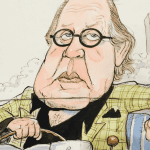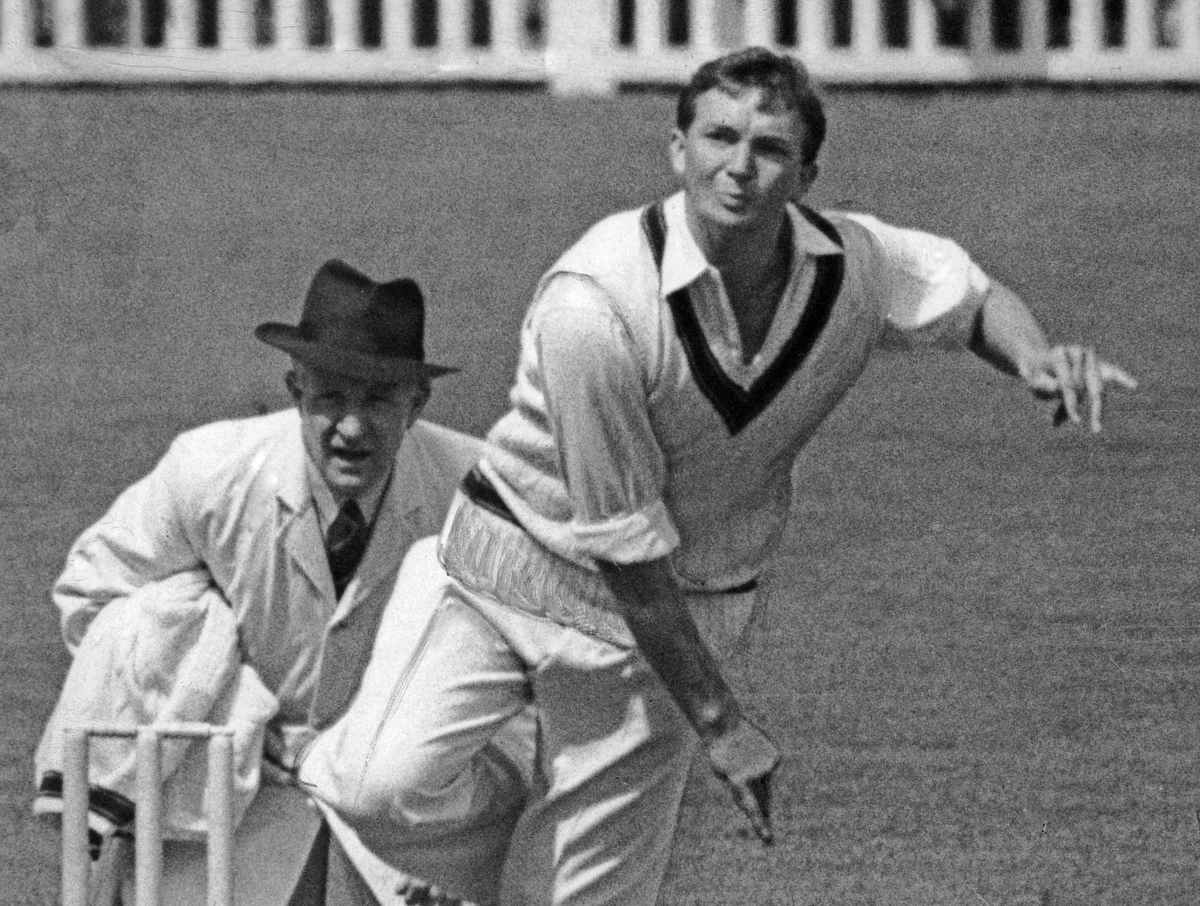IT WAS a TV hit in more ways than one. TV Ringside brought boxing bouts right into the family loungeroom and launched some champion Australian fighters on to the world stage. PETER COSTER looks back on the gory, glory days at the old House of Stoush:
WHY DIDN’T families faint in their lounge rooms at the sight of blood while watching TV Ringside at the old House of Stoush in West Melbourne? The answer was black and white television. They couldn’t see what splashed on to the reporters’ notebooks.
Merv Williams, an old pug, sat alongside Ron Casey providing the one liners, such as, “He’s like the boy with a wheelbarrow, he’s got the job in front of him.” A variation was, “He’s like the boy who fell out of the wheelbarrow. He’s not in it.”
Some of the pugs had their own punchlines. “The Iceman”, a former spud picker from Queensland had a string of 13 wins and boasted that when he hit them with a body punch, “I turn ‘em into a hunchback.”
TV Ringside’s best years were in the 1960s and the mid-70s, with the show hitting the canvas after colour television was introduced. Mums and even grannies sitting at home laughed when Merv Williams said a boxer being given a hiding was like “a wounded prawn surrounded by a flock of seagulls”.
But when colour came to television they realised getting hit hurts. Blood runs red.
Now, it seems Festival Hall has met its match and is to be redeveloped as an apartment complex.
The grandsons of its original owner, John Wren, the colourful character of Frank Hardy’s bestseller, Power Without Glory, are sanguine about it.
Like boxing, there is little sentiment in business.
TV Ringside made household names of Lionel Rose, Johnny Famechon, Rocky Mattioli, Charkey Ramon, Tony Mundine and Kahu Mahanga.
Charkey Ramon was named by an eccentric trainer. The Ramon part referred to a Mexican boxer. Charkey remains a mystery. David Ballard, his real name, is the son of a NSW farming family. He demolished his opponents in the ring and became a demolition expert after he retired from boxing, working on building projects in Sydney where he took on construction giant Multiplex in a long-running legal dispute.
The judge became aware that Ballard had been a boxer and asked him if he had ever heard of Charkey Ramon. His Honour had been a keen amateur boxer and was astounded when Ballard dramatically announced: “I am Charkey Ramon.’’ You could have knocked the judge down with a feather.
Charley Ramon was one of several contestants from the House of Stoush who want on to win Australian, Commonwealth and even world titles.
Rose and Famechon famously won world championships and Tony Mundine fought for the world middleweight title against Carlos Monzon before being knocked out in the seventh round in Argentina.
Mundine was only 19 when he fought Kahu Mahanga at Festival Hall in 1969. Mahanga was a big punching Maori and Festival Hall favourite who won 30 of his 54 bouts, 19 inside the limit. He knocked out Mundine in the 10th round of their only meeting. It was a contest between a boxer and a puncher. Mundine was leading on points in the early rounds but Mahanga was starting to break through his defence.
The 29-year-old Mahanga stopped Mundine with a devastating right hand after hitting him with a flurry of big punches in the ninth. Some critics still question Mundine’s supposedly “glass jaw” but Mahanga’s knockout blow would have felled a brewery horse, as Merv Williams might have said.
It was the greatest of all the fights seen at Festival Hall on a night when not even a draft would have got through the turnstiles. Some in the heaving House of Stoush stood on their seats to watch the mayhem, which caused fights outside the ring.
Watching it on YouTube brought back memories of what those nights were like. Tough little men strutting in, some of them featherweights with top-heavy blondes on their arms and jockeys looking for a leg up by appearing on television.
The bouncers, most of them showing the signs of their former occupations, would go toe-to-toe with overly-enthusiastic fight fans. Faces at ringside came into focus for me as scribes and snappers long gone.
The fighters were “hungry”. A win meant another fight as well as a feed. Turning the fight game into a ratings knockout was a money maker, which the often brutal business of boxing is all about.
It reminds me of the day, decades later in downtown Los Angeles, as I walked through mean streets to see a fighter not on the way up, but one on the way down.
Roberto Duran was the fighter who had beaten “Sugar Ray” Leonard for the world welterweight championship and then lost it in a rematch when he told the referee in the eighth round, “No mas.” Duran wanted “no more.”
I fancied there was a bird whistling somewhere in the ceiling of the shadowy gym before realising the cheeps and chirps accompanied Duran’s punches. This was the fighter known in his native Panama as “Manos de Piedra”, or “Hands of Stone”.
I watched. He punched. He chirruped. There was nothing to say. It was just before he moved up a with class to defeat Davey Moore, ironically in eight rounds, to win the World Boxing Association championship and a few months later pushed Marvellous Marvin Hagler to 15 rounds.
Duran was to win the World Boxing Council middleweight title and then lose a rematch with Sugar Ray Leonard for the WBC super middleweight title.
Boxers are a mystery. The warrior within comes out in the ring. Some nights it does not. Those who watch sometimes recognise something primitive in themselves.
Tony Mundine and Kahu Mahanga had the House of Stoush mob screaming that night back in the day, with the television aficionados in their lounge rooms yelling for the blood they couldn’t see.
PETER COSTER is a former editor and foreign correspondent who has covered a range of international sports, including world championship fights and the Olympic Games.




Discussion about this post